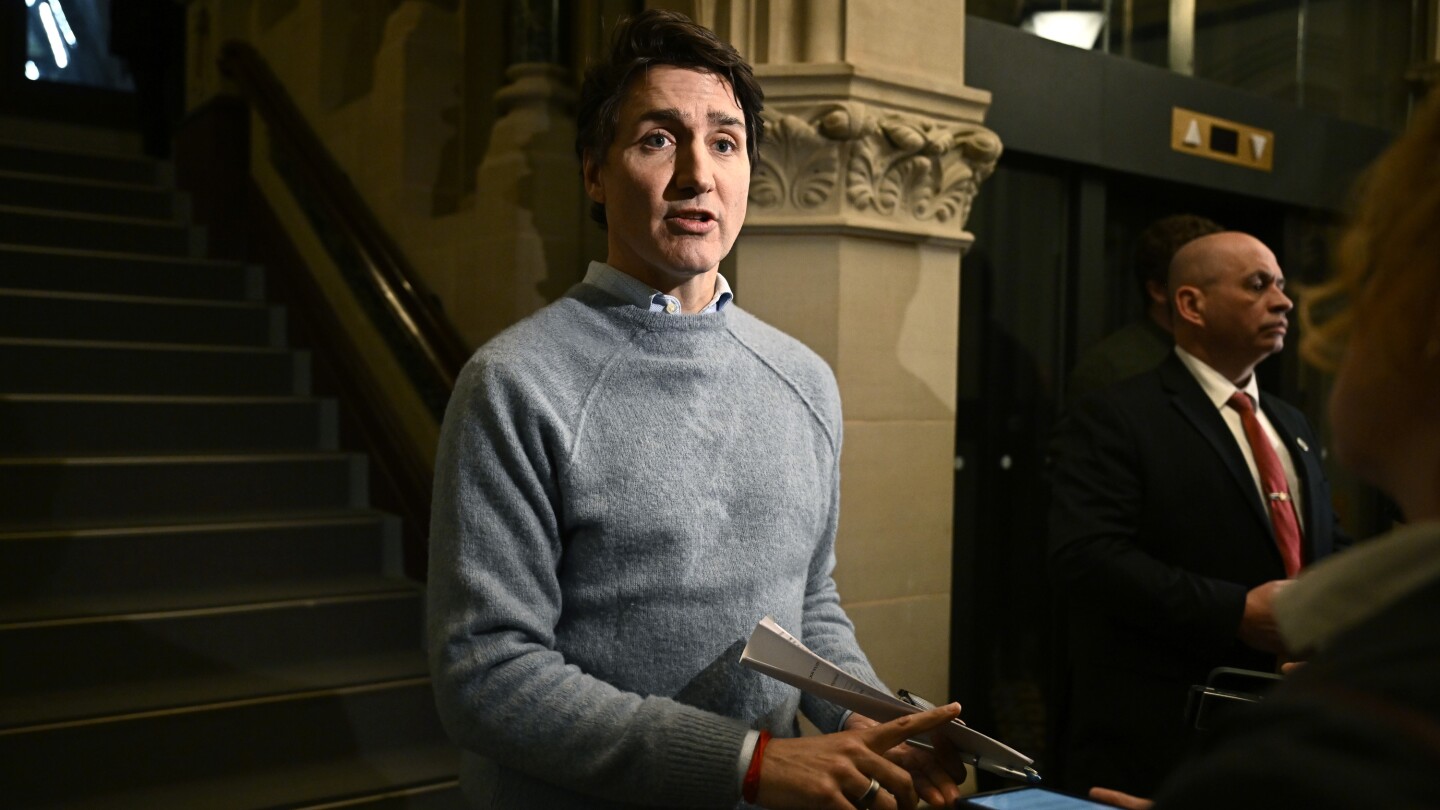How Trump’s Tariff Decisions Could Impact American Wallets and Canadian Trade
As global trade dynamics shift and negotiations become more contentious, the potential implications of President Donald Trump’s tariff decisions loom large over the economies of both the United States and Canada. Prime Minister Justin Trudeau has expressed concerns that any tariffs imposed by Trump could lead to increased costs for American consumers, igniting discussions about the broader ramifications for U.S.-Canada relations. This article delves into how these tariff decisions could affect American wallets and the intricate web of trade between the two neighboring nations.
The Basics of Tariffs and Their Economic Impact
Tariffs are taxes levied on imported goods, aimed at making foreign products more expensive compared to domestic offerings. While the intention behind imposing tariffs may be to protect local industries and jobs, the reality often unfolds differently. When tariffs are enacted, the costs can trickle down to consumers, resulting in higher prices for everyday items.
For instance, if Trump were to impose tariffs on Canadian aluminum and steel, American manufacturers relying on these materials could face increased production costs. Consequently, they might pass these costs onto consumers, leading to higher prices for a variety of products, from automobiles to household goods. This situation can create a ripple effect that impacts not just American wallets but also the economic stability of Canadian businesses that rely on exports to the U.S.
Current Trade Relations Between the U.S. and Canada
The U.S. and Canada share one of the most robust trading relationships in the world, with billions of dollars exchanged daily. In 2022, trade between the two countries reached approximately $700 billion. Canada is one of the largest trading partners of the United States, and the interdependence is evident across multiple sectors, including agriculture, automotive, and technology.
However, the relationship has been tested in recent years, particularly under the Trump administration. The renegotiation of the North American Free Trade Agreement (NAFTA) into the United States-Mexico-Canada Agreement (USMCA) showcased the complexities of trade negotiations and the high stakes involved. Tariffs were a significant point of contention during these discussions, particularly related to dairy products, softwood lumber, and metal imports.
Potential Consequences of Trump’s Tariff Decisions
Should Trump decide to impose or escalate tariffs on Canadian goods, several consequences could unfold:
- Increased Consumer Prices: As mentioned earlier, tariffs typically lead to higher prices for consumers. A rise in costs for Canadian imports could hit American households directly, affecting their purchasing power.
- Job Losses in the U.S.: Industries that rely on Canadian imports may struggle to maintain their competitive edge. Job losses could occur if companies opt to downsize or relocate, further exacerbating economic uncertainty.
- Retaliatory Tariffs from Canada: Canada may respond with its own tariffs on U.S. goods, leading to a tit-for-tat scenario that could escalate tensions and further strain trade relations.
- Impact on Investment: Uncertainty surrounding trade policies often leads to hesitancy among investors. Companies may delay or reconsider investments in sectors reliant on cross-border trade.
- Effect on Supply Chains: Many U.S. companies operate on just-in-time supply chains that rely heavily on timely imports from Canada. Any disruptions could lead to operational challenges and increased costs.
Consumer Awareness and Adaptation
As American consumers grapple with the potential fallout from tariff decisions, awareness becomes crucial. Understanding how tariffs work and their direct impact on prices can empower consumers to make informed choices. For example, if consumers notice a spike in prices for certain goods, they might consider alternatives or support locally produced products.
Additionally, consumers can advocate for fair trade practices and policies that promote economic growth while protecting local industries. Engaging with local representatives and expressing concerns about tariff impacts can foster a more productive dialogue about trade policies.
Looking Ahead: Optimism in Trade Relations
Despite the challenges posed by potential tariffs, there remains room for optimism. Both the U.S. and Canada have a vested interest in maintaining a strong trade relationship. Leaders from both nations understand the economic benefits derived from collaboration, including job creation and consumer access to a diverse range of products.
Moreover, fostering open communication and dialogue can help mitigate trade tensions. Engaging in negotiations to address mutual concerns can lead to solutions that benefit both economies. This collaborative approach could pave the way for a more stable trade environment, lessening the likelihood of tariffs being enacted.
Conclusion: The Path Forward
Trump’s tariff decisions stand to impact American wallets significantly while also shaping the landscape of U.S.-Canada trade relations. As both nations navigate this complex terrain, the focus should remain on finding common ground that supports economic growth and consumer interests.
Ultimately, understanding the implications of trade policies is essential for consumers, businesses, and policymakers alike. By fostering a cooperative spirit and prioritizing dialogue, the U.S. and Canada can work together to overcome challenges and build a resilient economic future.
See more CCTV News Daily



